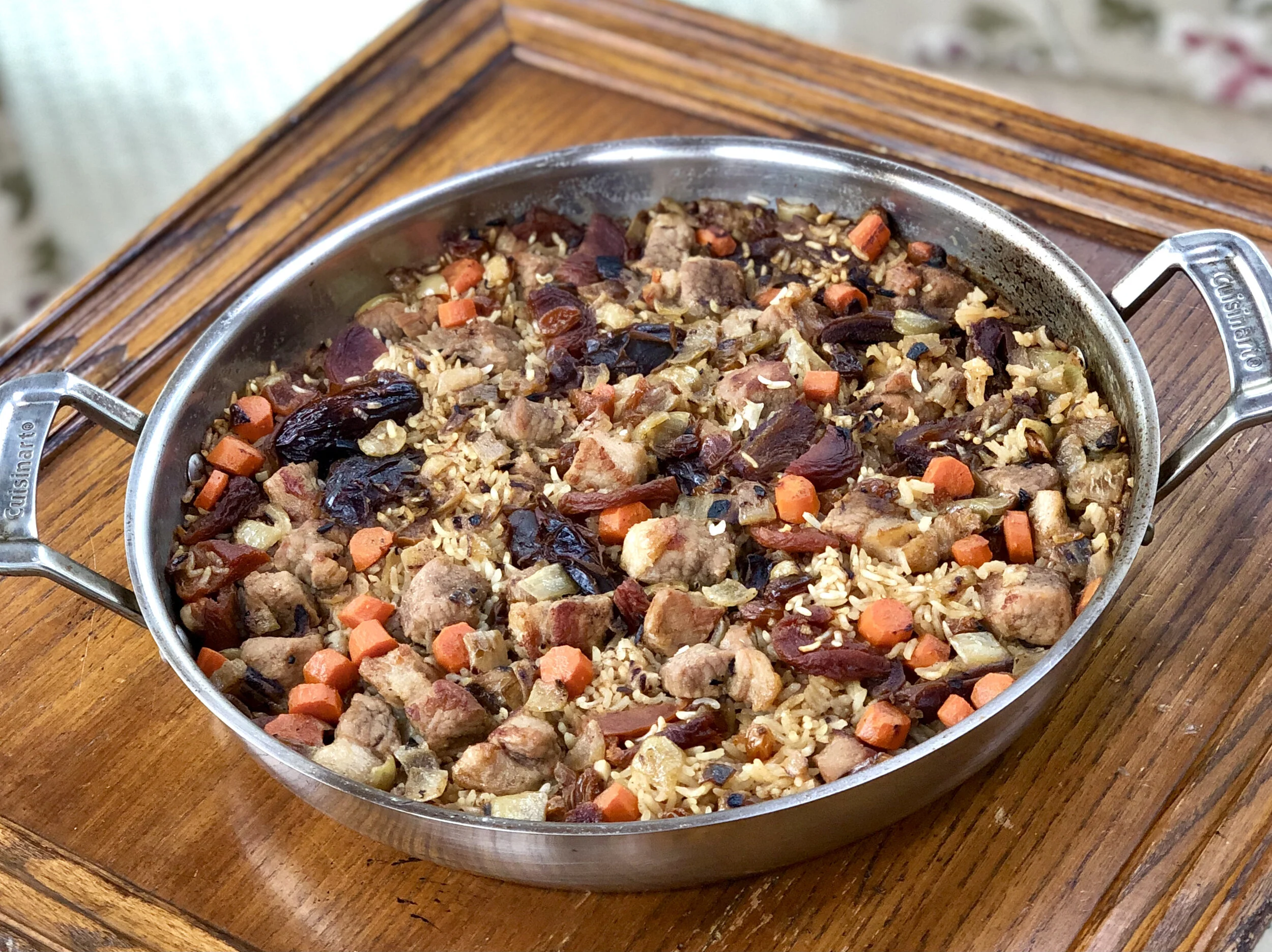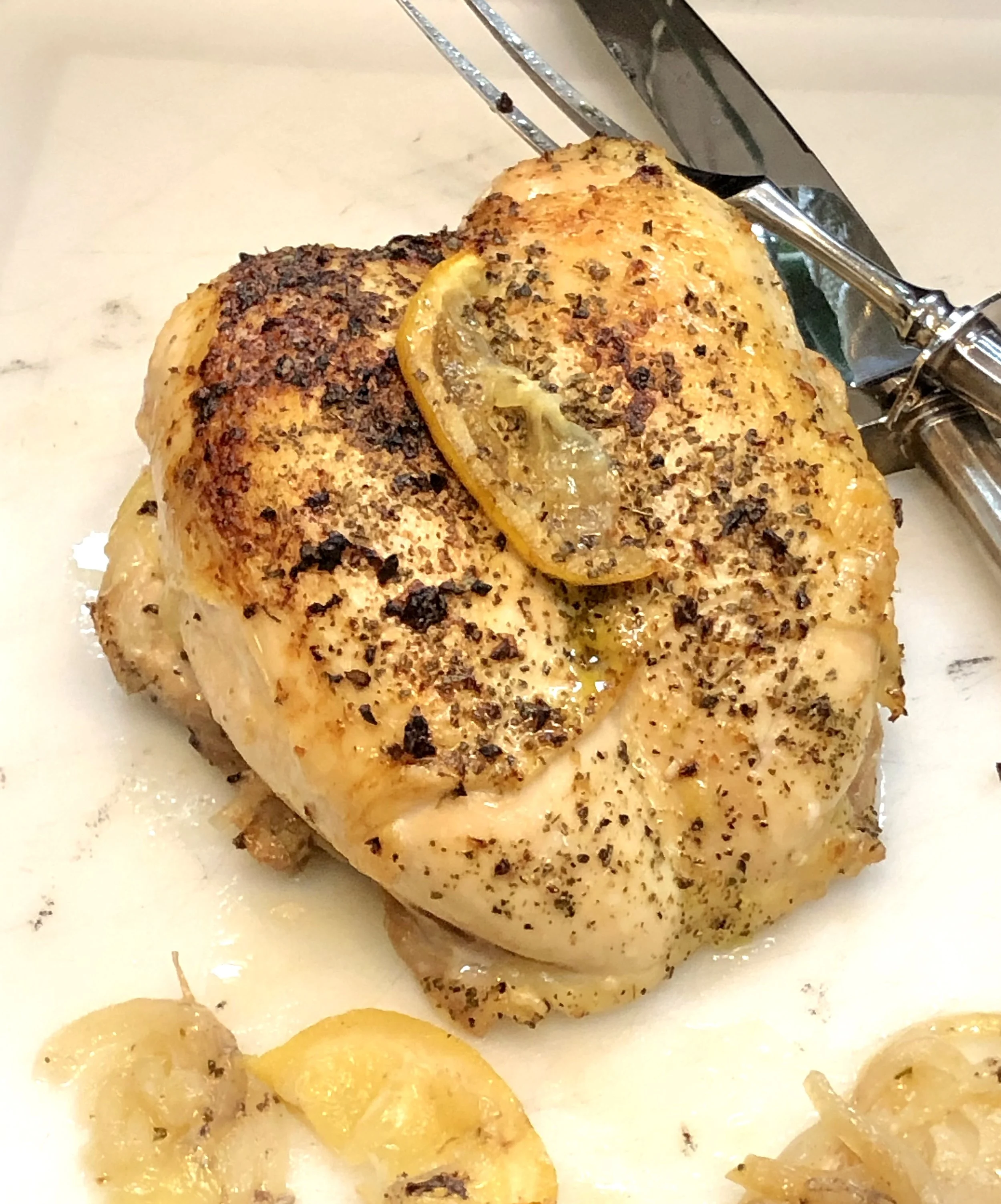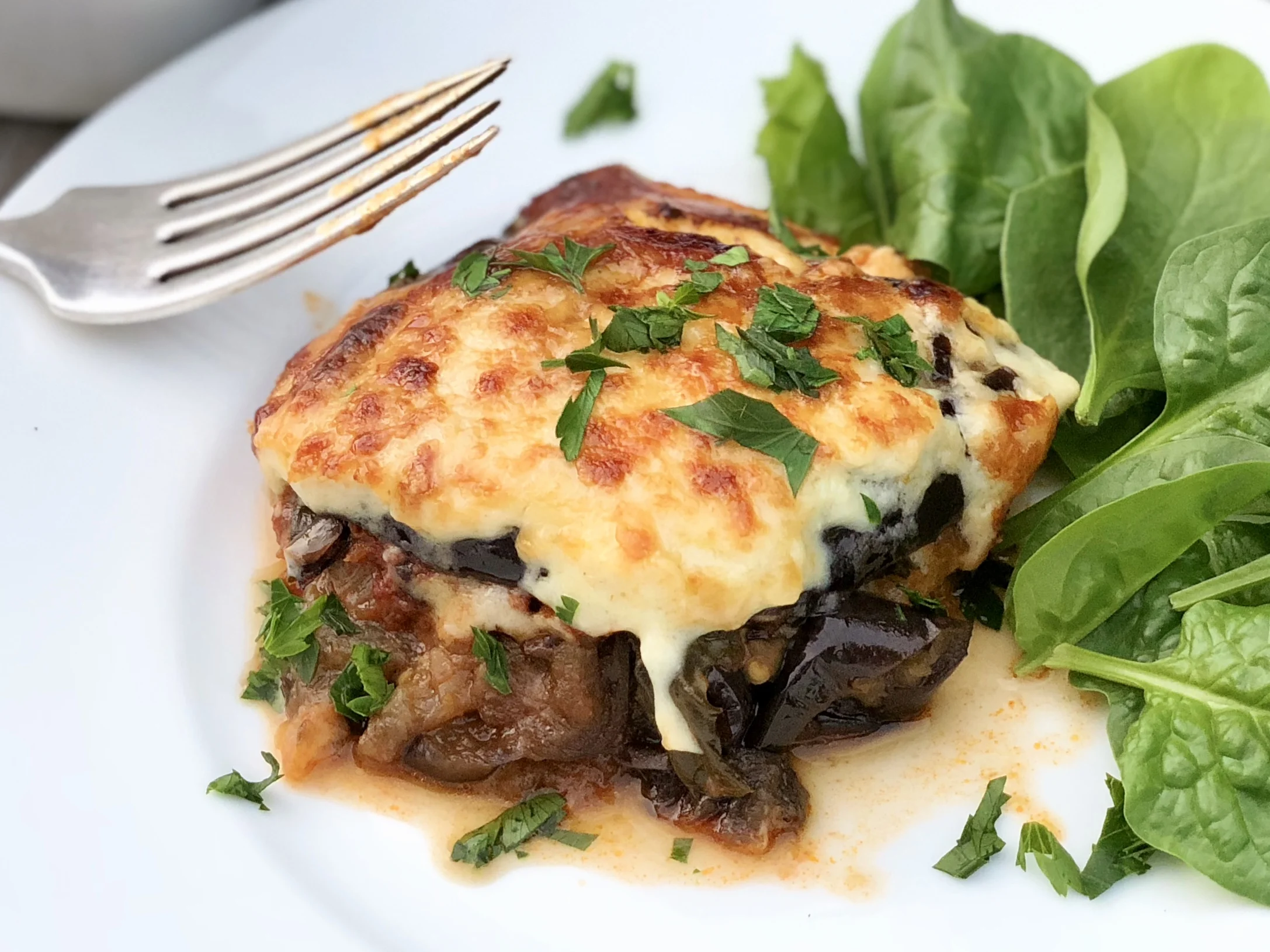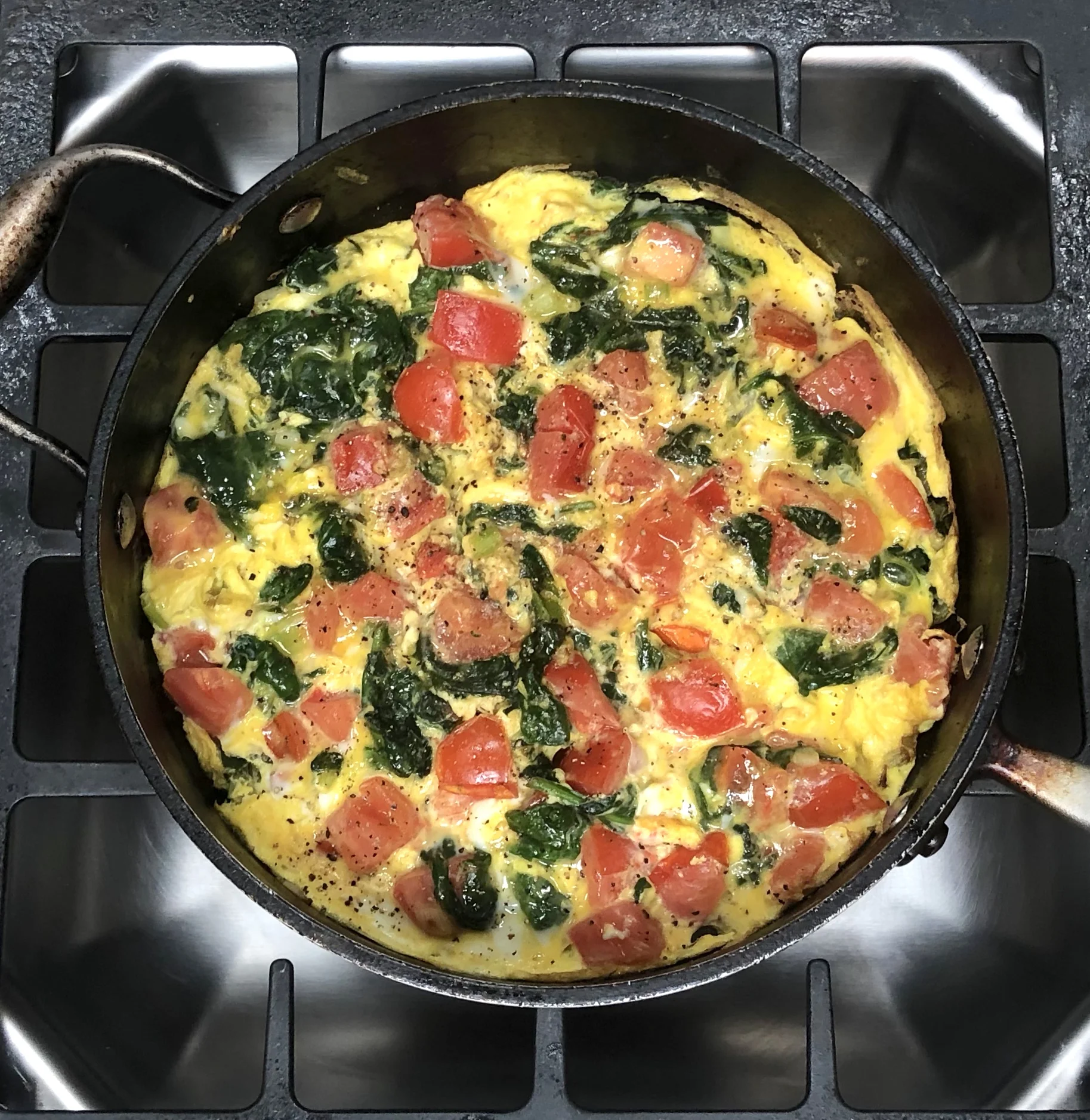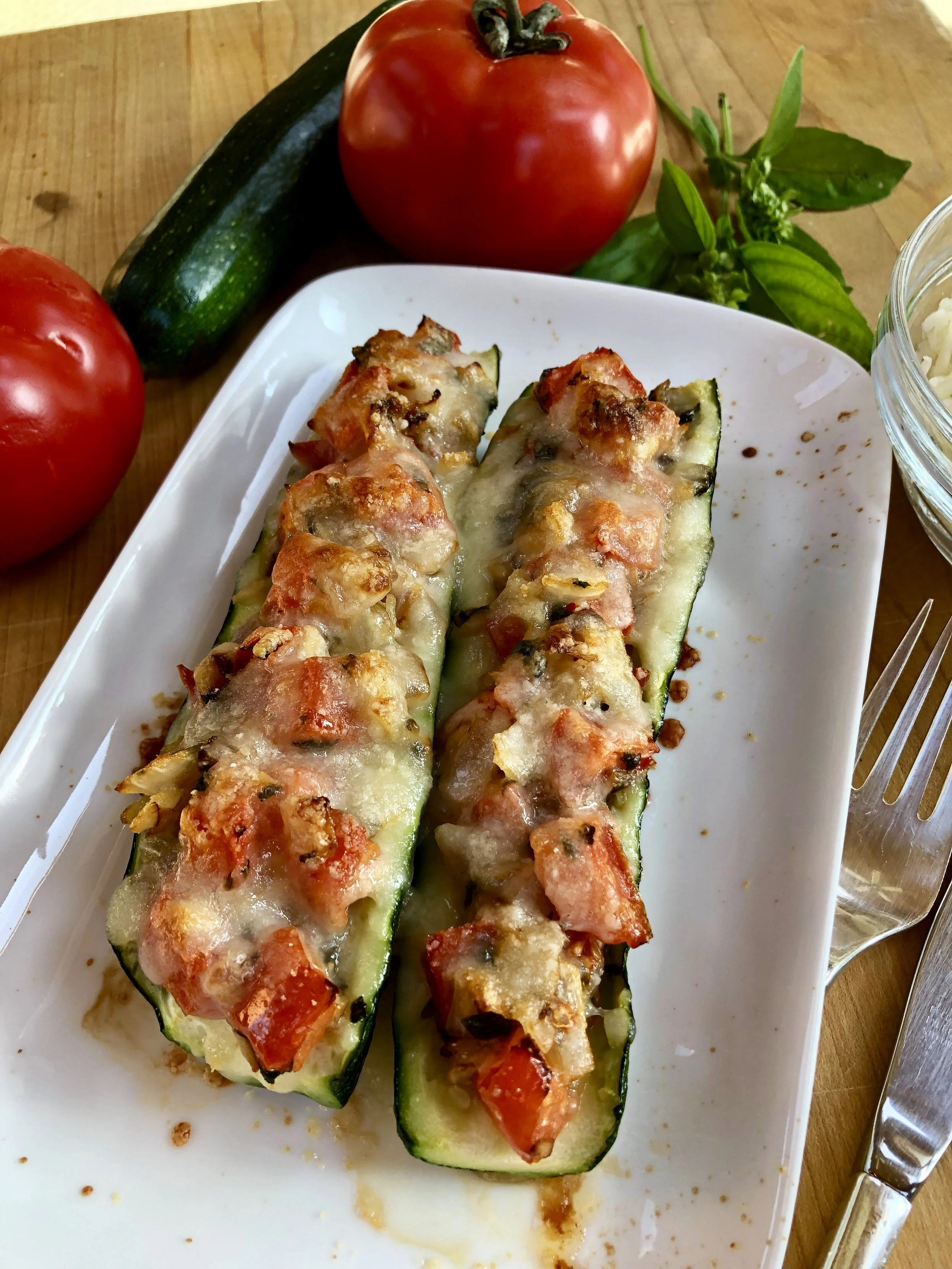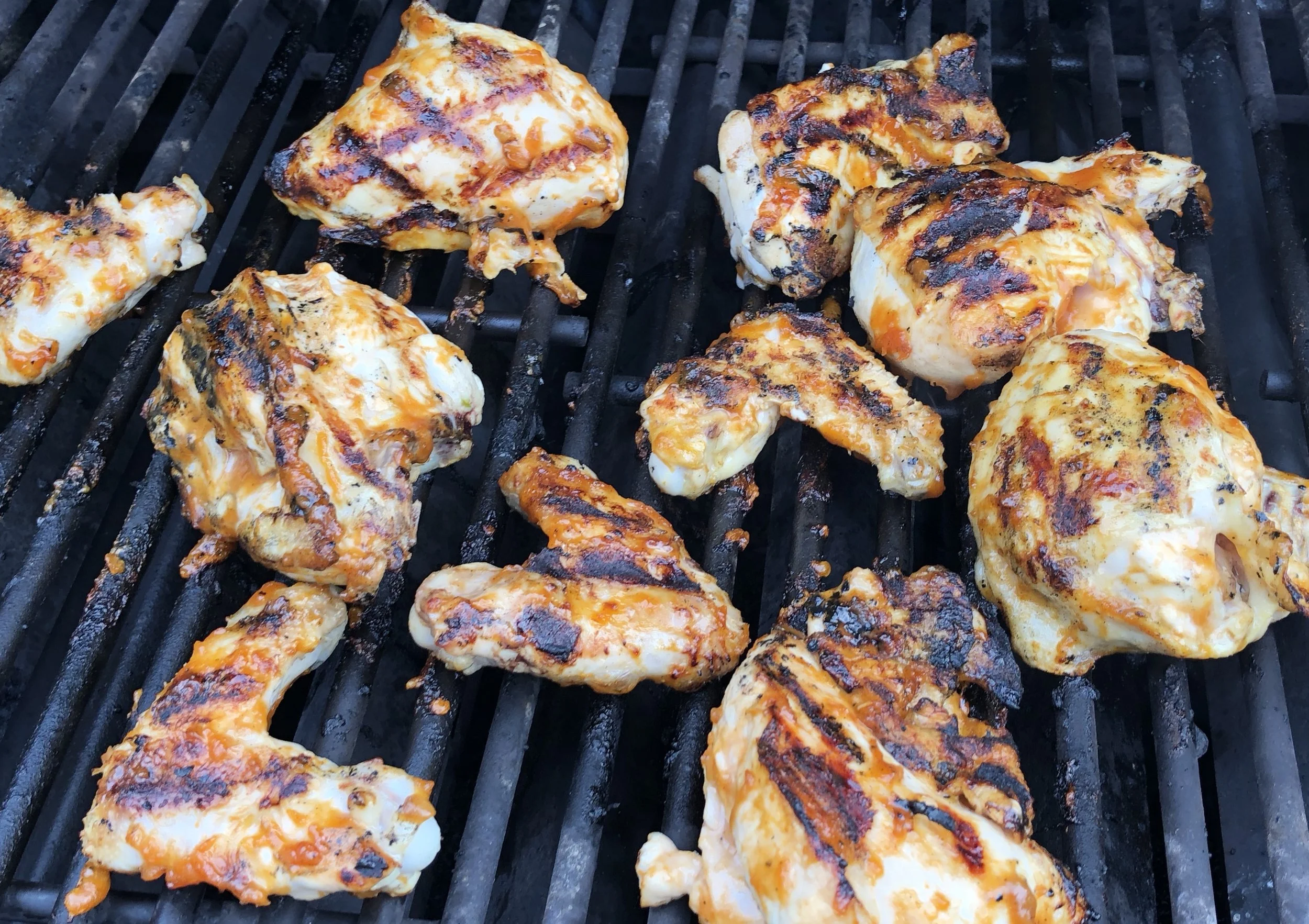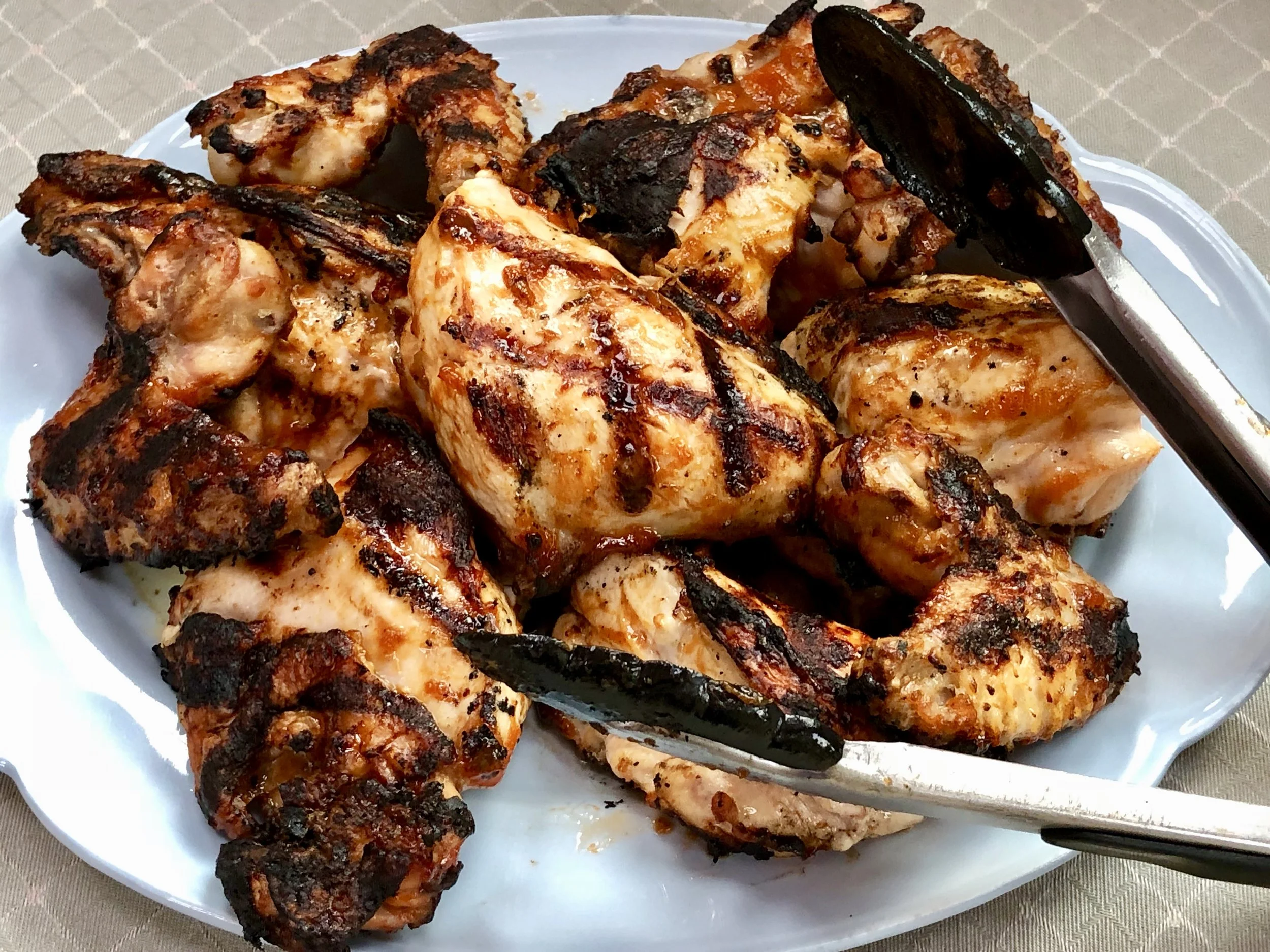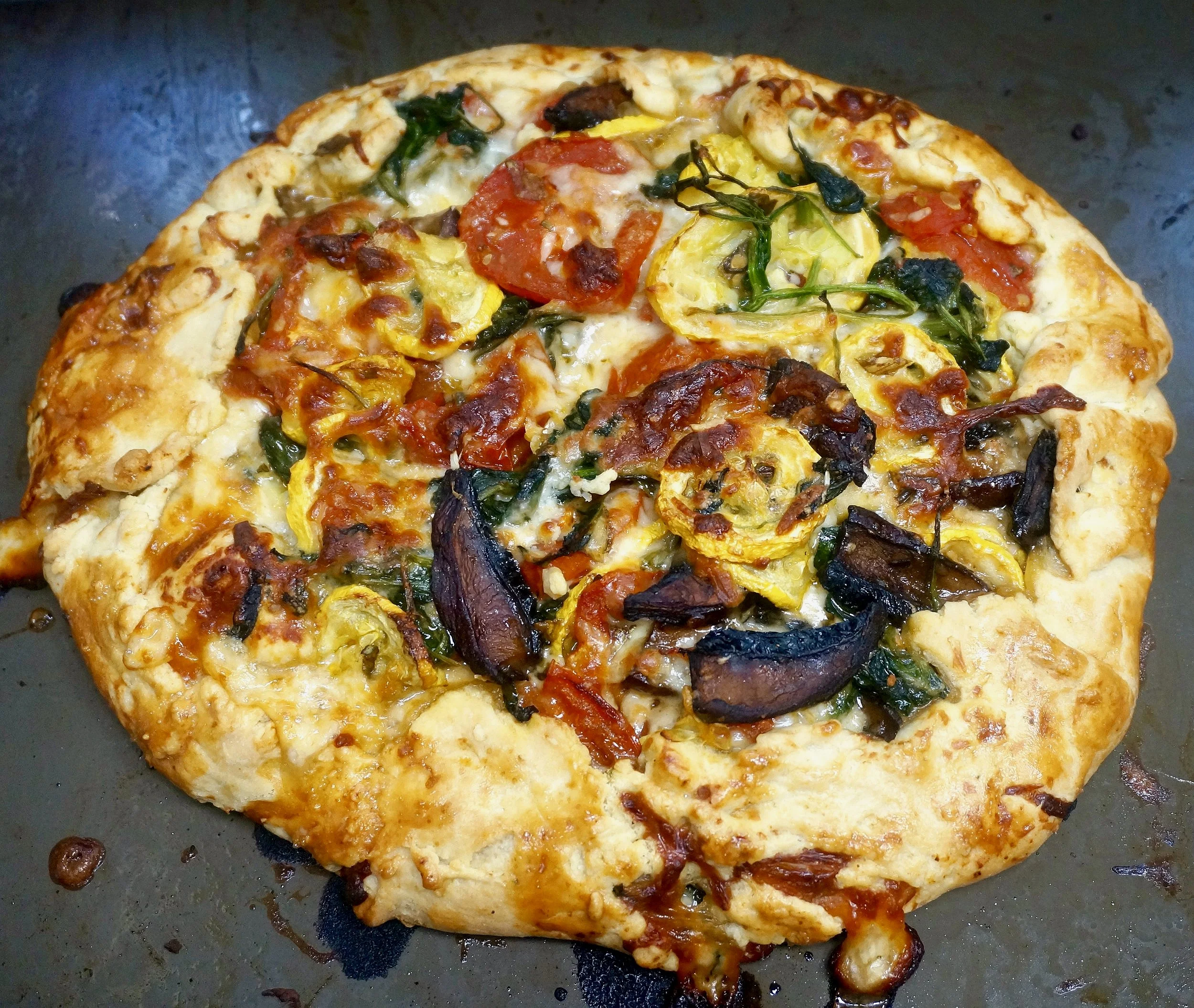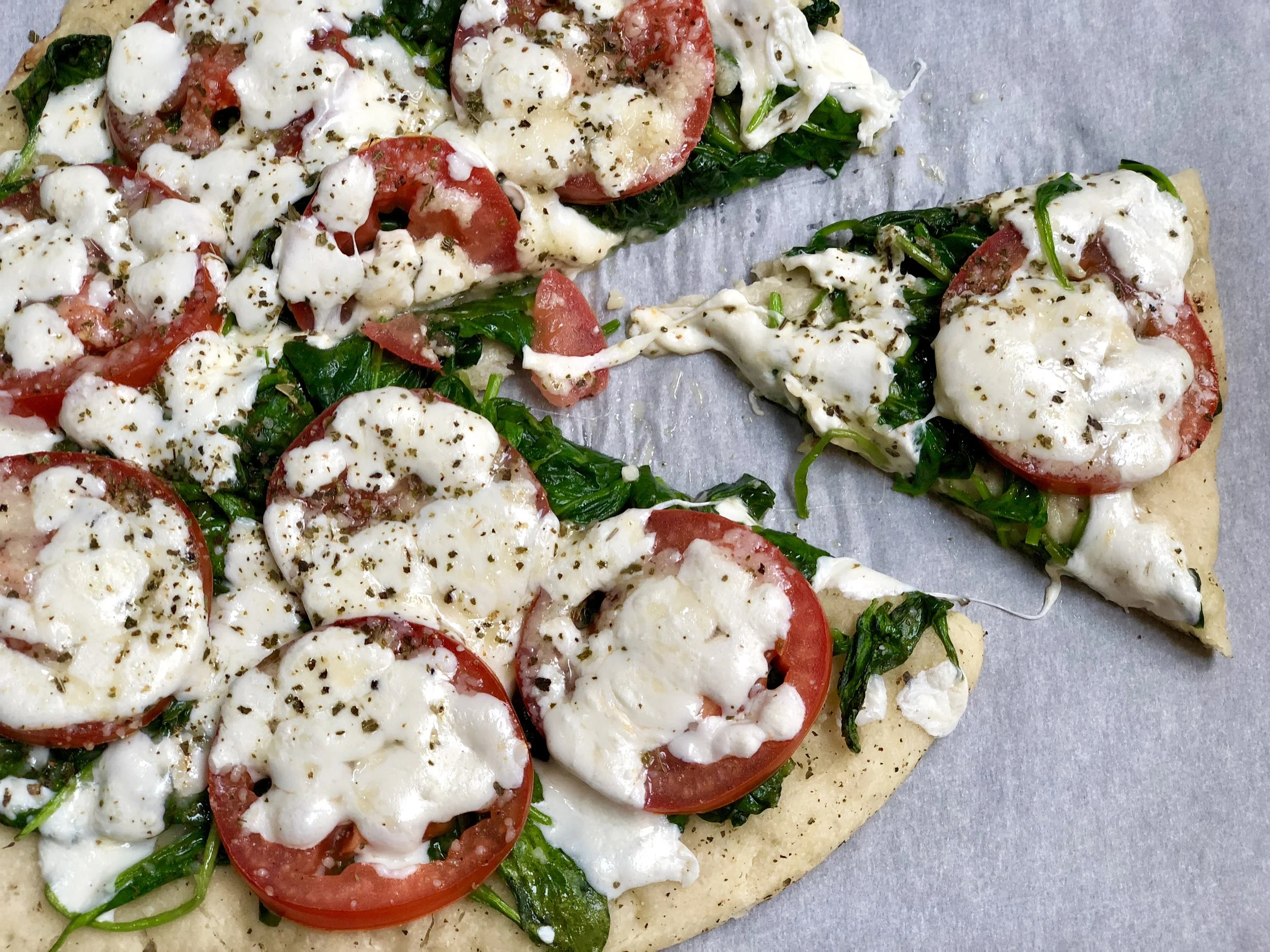A while ago my husband and I took the plunge and took the 23-and-me DNA tests.
One of the best things that happened is that I met a couple of wonderful new cousins I didn’t know I had! And I also was able to catch up on news with family we had lost contact with years and years ago.
I wasn’t surprised by anything in my ethnic background. I am an Ashkenazi Jew and that’s what it said.
Mostly.
There were a couple of odd little things. The one that intrigued me most was the tiny, tiny, tiny bit of “Azeri” — roughly meaning from Azerbaijan.
Wow. Where did that come from?
It doesn’t matter. I will never be able to trace anything to anyone. My “people” come from Romania and Ukraine.
I only actually wondered about one thing: what do they eat in Azerbaijan?
Alas, no relatives to tell me. So, I did some research and some cooking.
One of the best Azerbaijani dishes is something called Plov. It’s basically “pilaf” — the west Asian version. And, like pilaf (Caribbean Pelau, Carolina Bog, Kenyan Pilau, Turkish Pilav) it means: rice with stuff in it. Azerbaijani versions are generally sweeter than others. They usually include dates and dried apricots — so the dish is perfect for Tu B’shevat (the Jewish holiday with some really delicious food). They mostly contain meat, but can be vegetarian.
I experimented of course. The best version is the one below, which I made using veal, because that’s what I had, but I know it would be even better with lamb. Vegetarians — use vegetable stock and leave out the meat (you can add peas nearer the end of the cooking time if you wish).
I have no idea if this tastes like an authentic Azerbaijani dish. But it’s really good and, alas, I didn’t have an ancient family recipe to guide me.
Azerbaijani Plov
3 tablespoons olive oil
1 pound lamb, veal or boneless chicken, cut into bite size pieces
1 onion, chopped
1 clove garlic, chopped
3 medium carrots, sliced 1/2-inch thick
1/2 cup halved dates, preferably medjool
1/2 cup cut up dried apricots
1/3 cup golden raisins
Salt
1 teaspoon ground cumin
1/2 teaspoon ground coriander
1/2 teaspoon saffron threads, optional
Pinch or two of Aleppo pepper, cayenne or crushed red pepper
1 cup white rice
2 cups chicken, beef or vegetable stock
Preheat the oven to 350 degrees. Heat 2 tablespoons of the olive oil in a large heat-proof, oven-proof pan over medium heat. Add the meat and cook, turning the pieces, for 4-5 minutes or until lightly browned. Remove the meat and set aside. Pour the remaining olive oil into the pan. Add the onion and cook for 2-3 minutes. Add the garlic and carrots and cook for 1-2 minutes. Add the dates, apricots and raisins. Sprinkle with salt, cumin, coriander, saffron and Aleppo pepper, stir and cook for 1-2 minutes. Add the rice and meat. Stir to distribute the ingredients evenly. Pour in the stock, bring to a boil. Remove from the heat, cover the pan and place in the oven. Bake for about 45 minutes. Let rest, covered, for 10 minutes.
Makes 4 servings
